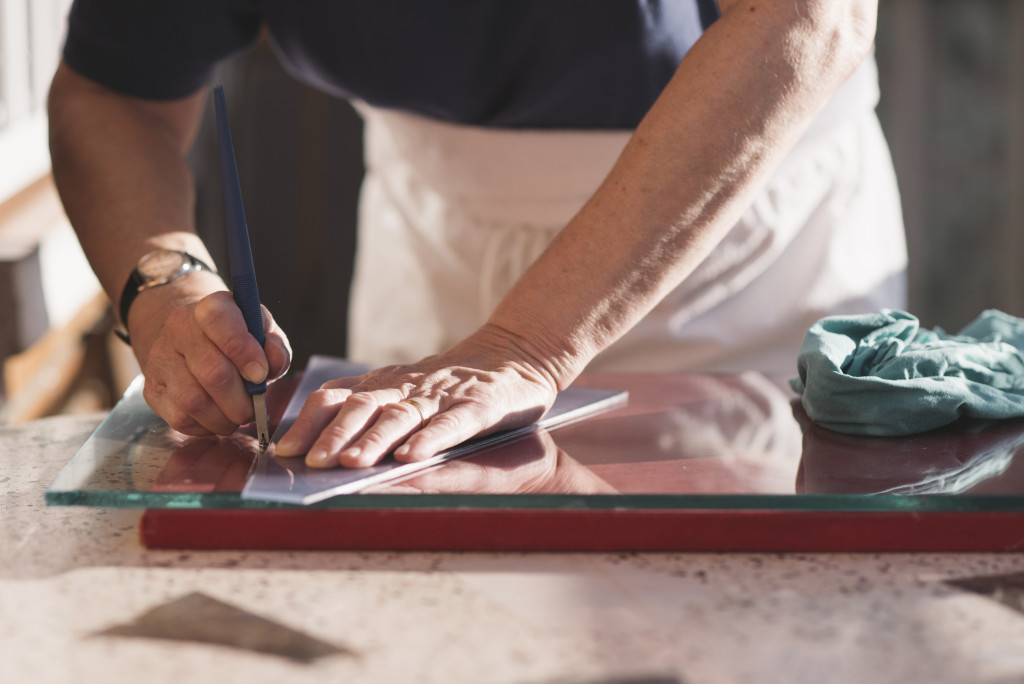They say that if you want to succeed in life, venture into business. Sure, you may end up making lots of money by starting a business. However, keep in mind that running one is a risk. As such, you must take a calculated risk to set your business on the right footing and grow it over time.
There’s a lot of things to consider, from choosing a niche to creating handmade products down to marketing them. Be sure to sit down and come up with a business plan. Consider every aspect of your business before taking the plunge. With all things in place, you’ll be able to launch your business successfully.
Fret not, as we’ve rounded up some practical steps for you to take. That said, here’s how to start your business for handmade products:
1. Choose a niche
When it comes to running a business, the initial step is to select a particular niche to venture into. As far as handmade products are concerned, you have a wide variety of choices to choose from. You may want to get into fashion, clothing, accessory, jewelry, furniture, paper products, and a whole lot more. As such, factor in your skills, interests, and backgrounds to decide on a particular niche.
2. Study your market
After you’ve decided on a niche, the next step is to study the market. First, see how your industry fares in your locality. Assess if it’s thriving or if it presents you with good opportunities for opening a business. Second, perform research and due diligence to study your consumers and understand their behaviors. From there, you can come up with a buyer persona to determine your target market.
3. Identify your handmade products
Once you’ve studied your niche and market, you can decide on the specific handmade products you plan to sell. First, your products must be something you have enough knowledge of. Also, you must have the required skills, procure craft kits, and set other resources to produce these products. Most importantly, it must be something you specialize in or are passionate about. Here are some handmade products you might want to consider:
- Paper products
- Textile products
- Jewelry pieces
- Apparels and accessories
- Garments or clothes
- Artwork pieces
- Furniture pieces
- Decorative candles
- Beauty and wellness products
4. Come up with a business name and identity
After determining the products you’re planning to sell, you can now create a business name. Make sure that it clearly represents your business and resonates well with your target consumers. Along with having a business name is to identify and set your business image and identity. Be sure to factor in your business core, ideals, and philosophies. You’ll incorporate them in your business trademarks, from the business name itself to the logos up to all visual elements.
5. Obtain a business permit, license, and insurance

At this point, you now have a name for your business. With this in place, you can go ahead and have the necessary business registration. If you have a physical store, ask your local authorities what the requirements are for getting a business permit. You need to have a license to be able to operate in your locality. Also, consider getting insurance for your business protection. In case of any untoward incident, you won’t be held legally liable and financially responsible.
6. Set up on your online store
Whether or not you have a physical store, it’s vital to set up an online store. Most consumers have become comfortable doing business online. The COVID-19 pandemic has even amplified the digital platforms for running a business and selling products or services. That said, creating a business website is the first step to take. Also, you can utilize eCommerce platforms such as BigCommerce, Shopify, and Wix. Plus, don’t forget to come up with social media accounts for your business.
7. Materialize your business
Now, you can go ahead and materialize your business. To turn your business into a reality, consider the following:
- Having your startup budget
- Setting your online or physical store in place
- Hiring some employees or workers
- Getting regular suppliers and obtaining raw materials
- Produce your initial handmade products.
- Starting marketing (consider digital marketing campaigns such as SEO, PPC, email marketing, content creation, and social media management)
- Beginning selling your handmade goods or items
At this point, you now know how to start your business for handmade products. Be sure to follow the crucial steps outlined above, from selecting a niche to promoting your handmade products. With all these steps, you’ll successfully launch the business that will give you profits over time.



